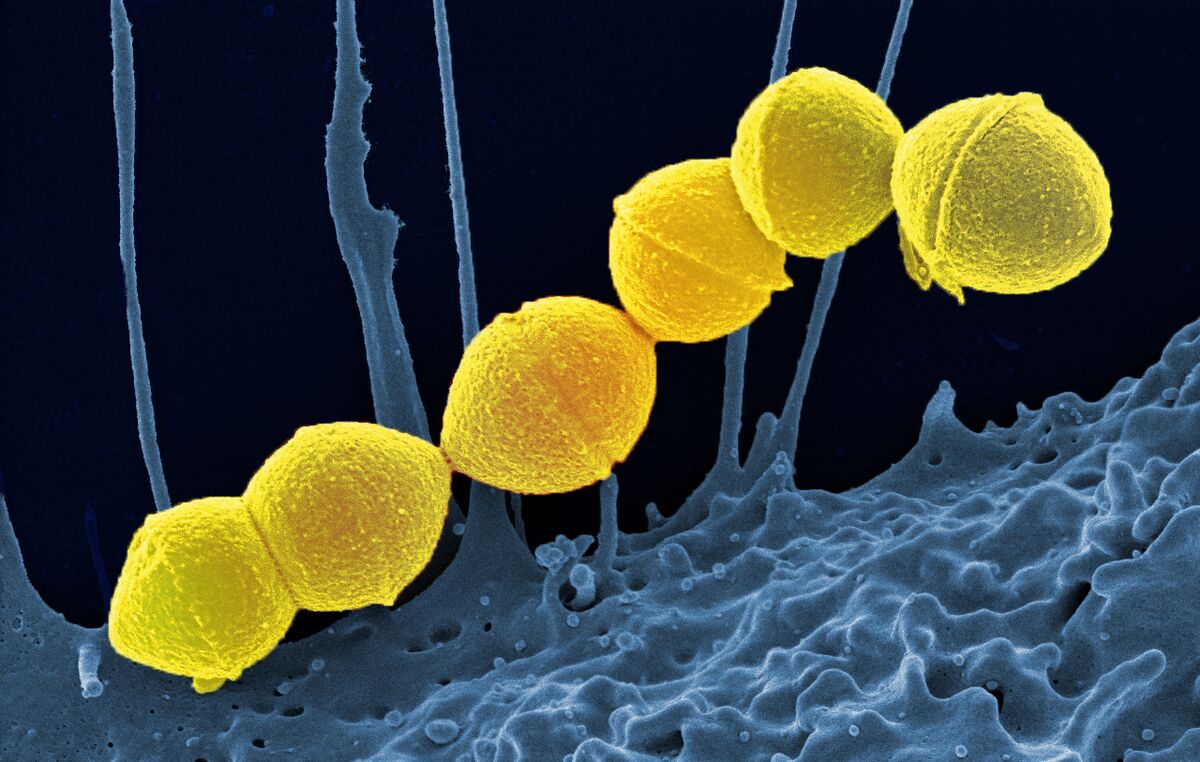
A rare and potentially deadly bacterial infection, known as Streptococcal Toxic Shock Syndrome (STSS), or 'flesh-eating bacteria,' is spreading rapidly in Japan. According to various sources, there have been over 1,000 reported cases of STSS in Japan as of mid-June 2024. This figure surpasses the previous record of 941 cases reported for all of 2023.
Symptoms of STSS include fever, chills, muscle aches, nausea and vomiting which can progress to low blood pressure, organ failure, rapid heart rate and fast breathing within 24 to 48 hours. Group A Streptococcus (GAS) bacteria are the primary cause of this severe bacterial infection.
The Japanese National Institute of Infectious Diseases has been tracking STSS cases since 1999, reporting a total of 1,027 cases and 78 deaths as of June 2024. The CDC states that out of ten people with STSS, three may die from the infection.
Preventing STSS involves good hygiene practices such as washing hands regularly and covering your mouth while you cough or sneeze. Care for wounds properly and seek medical attention for any signs of infection to prevent the bacteria from causing further infections that can sometimes lead to STSS.
Diagnosing STSS requires several tests, including blood tests to detect group A strep bacteria and check organ function. A diagnosis is confirmed when someone has a group A strep infection along with low blood pressure and signs of two or more organ failures.
Treating STSS involves giving strong antibiotics through an IV to kill the bacteria, providing fluids to stabilize the patient's blood pressure, and in severe cases, surgery might be needed to remove infected tissue.
The exact cause of this year's surge in STSS cases remains unclear. Some experts suggest that weakened immune systems following Covid may contribute to the rise. It is important for individuals to practice good hygiene and seek medical attention promptly if they suspect an infection.



